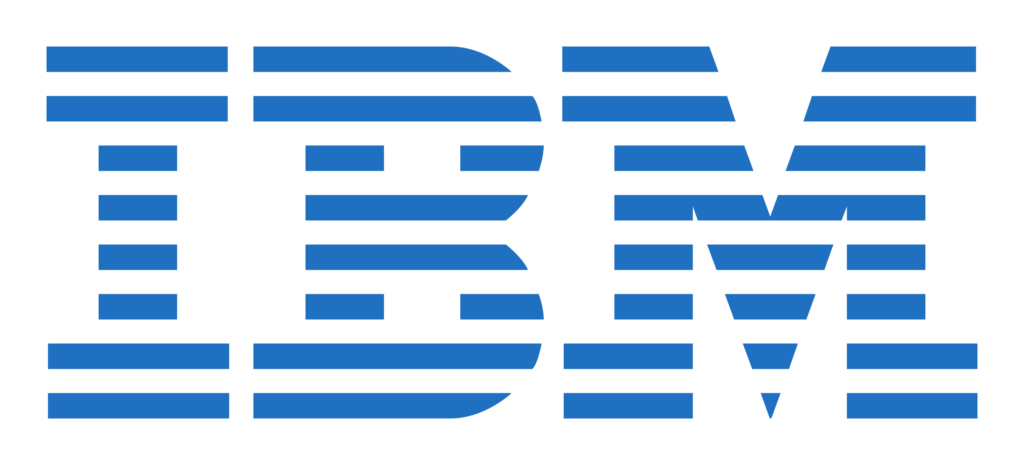The IBM Data Analyst Professional Certificate equips me with essential skills for an entry-level data analyst role. This comprehensive program covers both foundational and advanced tools and techniques used by data analysts, ensuring hands-on experience in data analysis, visualization, and management. Offered through Coursera, the program consists of 11 courses that I completed in about 3 months with a flexible schedule. I learned to work with various data sources and tools, including Excel, SQL, Python, Jupyter Notebooks, and Cognos Analytics, gaining practical experience in data manipulation and analytical techniques.
I have demonstrated proficiency in applying different analytical techniques by analyzing real-world datasets, creating visualizations & interactive dashboards, and presenting reports to share findings from data analysis. I successfully completed 9 courses in Data Analytics and gained hands-on experience with data analysis tools, including Excel, SQL, Databases, Python, JupyterLab, and Cognos.
Overview:
This course presents a gentle introduction into the concepts of data analysis, the role of a Data Analyst, and the tools that are used to perform daily functions. I gained an understanding of the data ecosystem and the fundamentals of data analysis, such as data gathering and data mining.
What I Learned:
- Explain what Data Analytics is and the key steps in the Data Analytics process.
- Differentiate between different data roles such as Data Engineer, Data Analyst, Data Scientist, Business Analyst, and Business Intelligence Analyst.
- Describe the different types of data structures, file formats, sources of data, and data repositories.
- Identify key elements in the Data Analytics process by analyzing a business case study and its data set.
Overview:
This course provides basic working knowledge for using Excel spreadsheets for Data Analysis. It covers the first steps for working with spreadsheets and their usage in analyzing data, with videos, demos, and examples followed by step-by-step instructions.
What I Learned:
- Describe the fundamentals of spreadsheet applications.
- Perform basic spreadsheet tasks including navigation, data entry, and using formulas.
- Employ data quality techniques to import and clean data in Excel.
- Analyze data in spreadsheets by using filtering, sorting, look-up functions, and pivot tables.
Overview:
This course covers the first steps in the development of data visualizations using spreadsheets and dashboards. I began telling a story with data by creating various types of charts in Excel and building dashboards with Cognos Analytics.
What I Learned:
- Create basic charts and pivot charts in Excel.
- Explain the important role charts play in telling a data-driven story.
- Construct advanced charts and visualizations.
- Build dashboards using Excel and Cognos Analytics.
Overview:
I learned Python programming basics and gained an understanding of Python's role in data science. This course introduced Python and covered the basics of the language, focusing on working with data, automation, and building simple algorithms.
What I Learned:
- Understand the basics of Python programming.
- Develop a working knowledge of Python syntax and data structures.
- Manipulate and analyze data using Python libraries such as Pandas and Numpy.
- Write functions and scripts to automate data processing tasks.
Overview:
I applied the skills I learned in Python by creating a real-world project. This course provided an opportunity to work on a hands-on Python project, practicing data wrangling, data analysis, and visualization techniques.
What I Learned:
- Clean and prepare data for analysis.
- Perform exploratory data analysis using Python.
- Create data visualizations to communicate insights.
- Present and document project findings.
Overview:
I learned the fundamentals of working with databases and SQL in the context of data science. This course covered how to create, query, and manipulate databases using SQL and Python, with a focus on data extraction and analysis.
What I Learned:
- Compose SQL queries to retrieve data from databases.
- Manipulate data using SQL commands.
- Integrate SQL with Python to perform complex data analysis.
- Explore relational database design and normalization.
Overview:
I explored data analysis techniques using Python. This course introduced data analysis and visualization techniques, focusing on using Python libraries to process, analyze, and visualize data effectively.
What I Learned:
- Load, clean, and process data using Python libraries like Pandas.
- Perform exploratory data analysis to identify trends and patterns.
- Create visualizations using Matplotlib and Seaborn.
- Apply statistical analysis techniques to derive insights from data.
Overview:
This course deepened my understanding of data visualization, focusing on Python's visualization libraries. I learned to create sophisticated data visualizations and dashboards to communicate findings effectively.
What I Learned:
- Create a variety of plots and charts using Matplotlib and Seaborn.
- Develop interactive visualizations with Plotly.
- Design and build data dashboards.
- Present data-driven stories with compelling visual elements.
Overview:
This capstone project course allowed me to apply the knowledge and skills I acquired throughout the program. I completed a comprehensive data analysis project, tackling a real-world data problem from start to finish.
What I Learned:
- Formulate a data analysis problem statement.
- Perform data collection, cleaning, and processing.
- Conduct exploratory data analysis and modeling.
- Present findings and recommendations in a final report.










